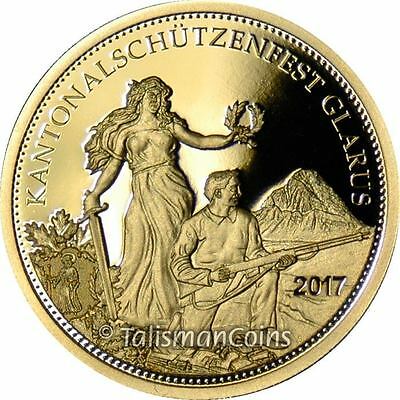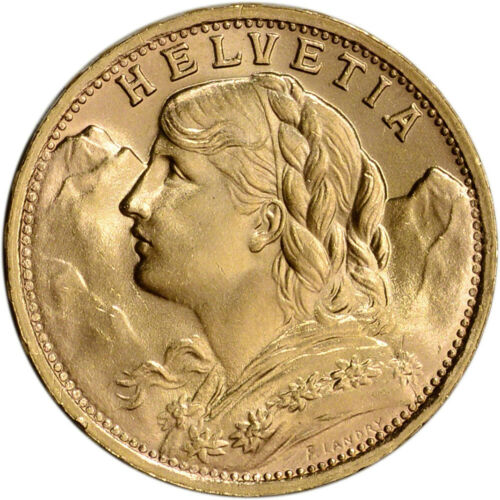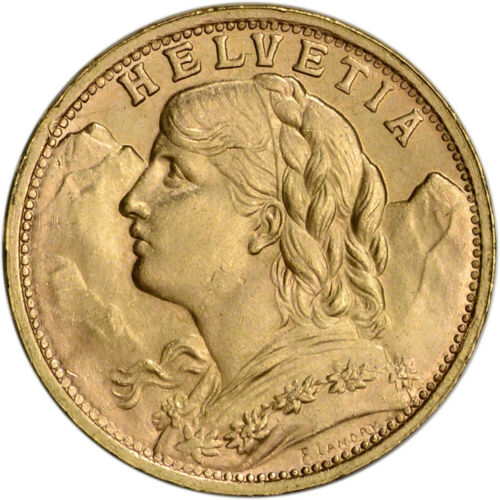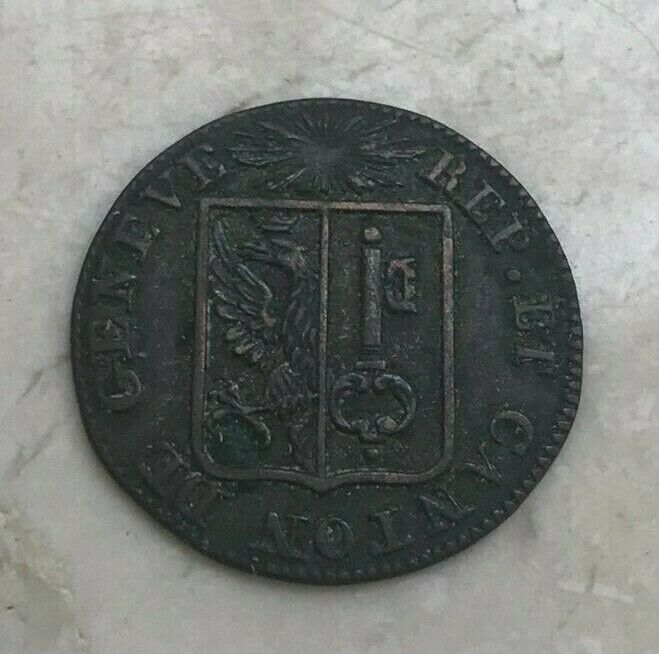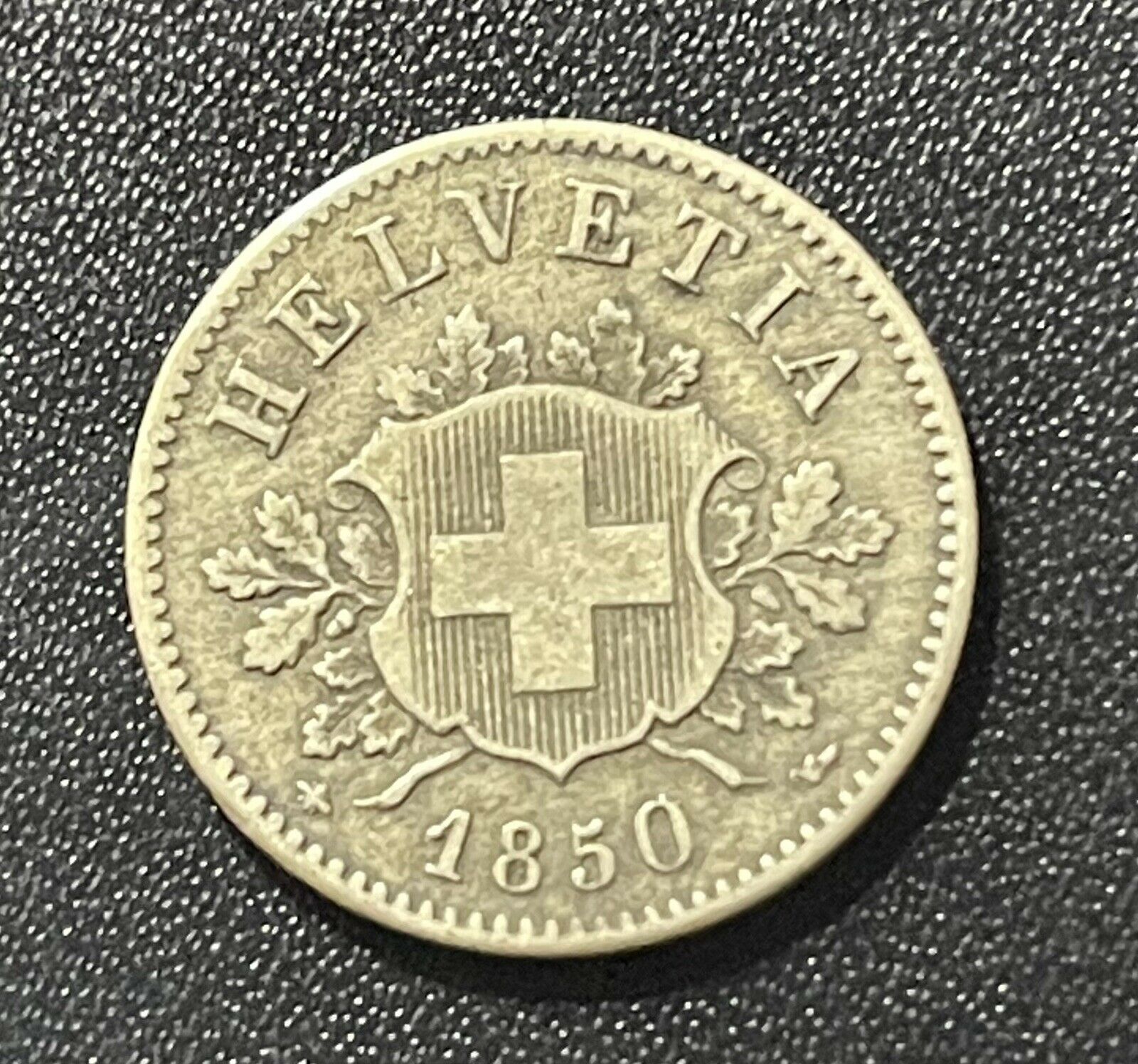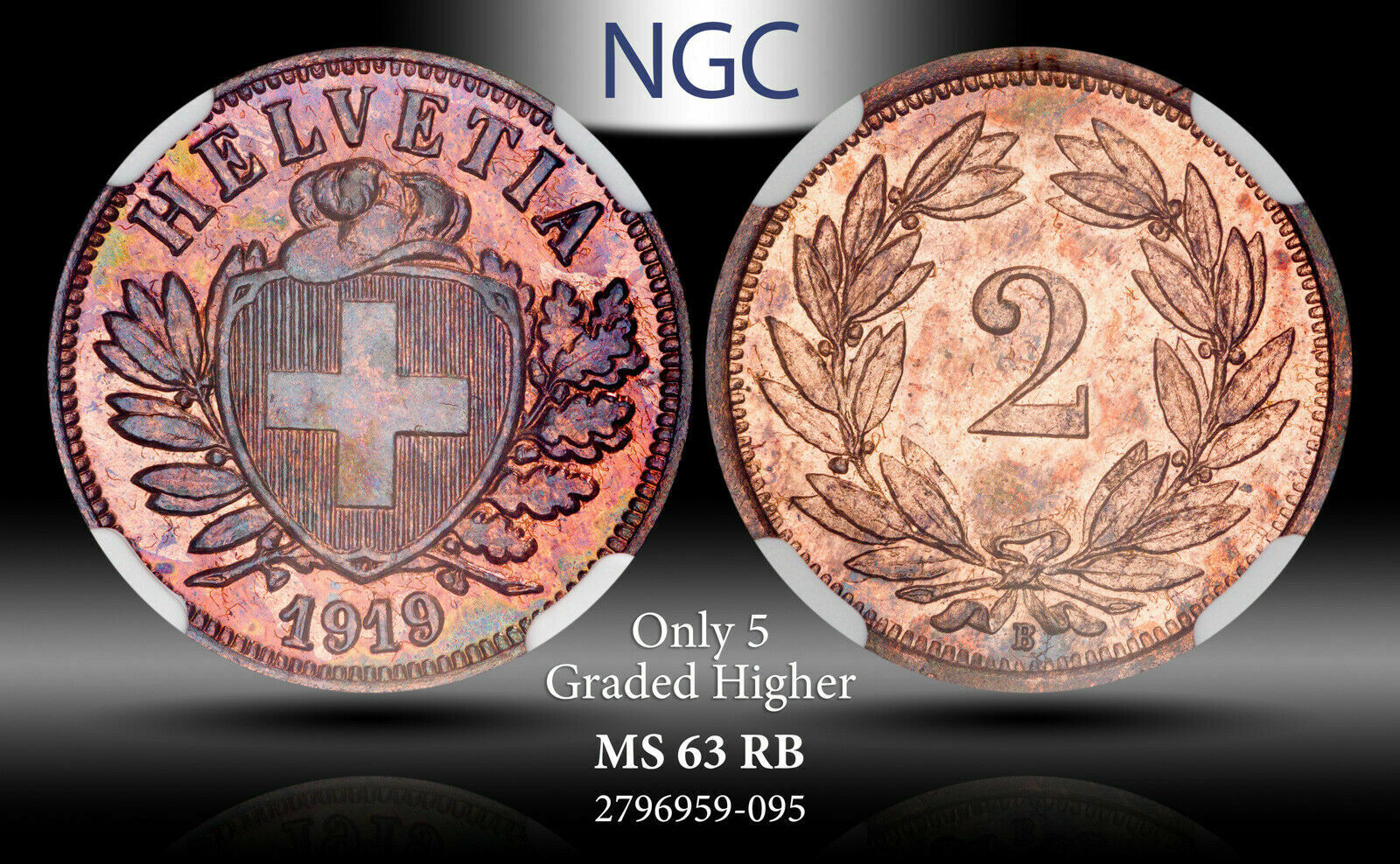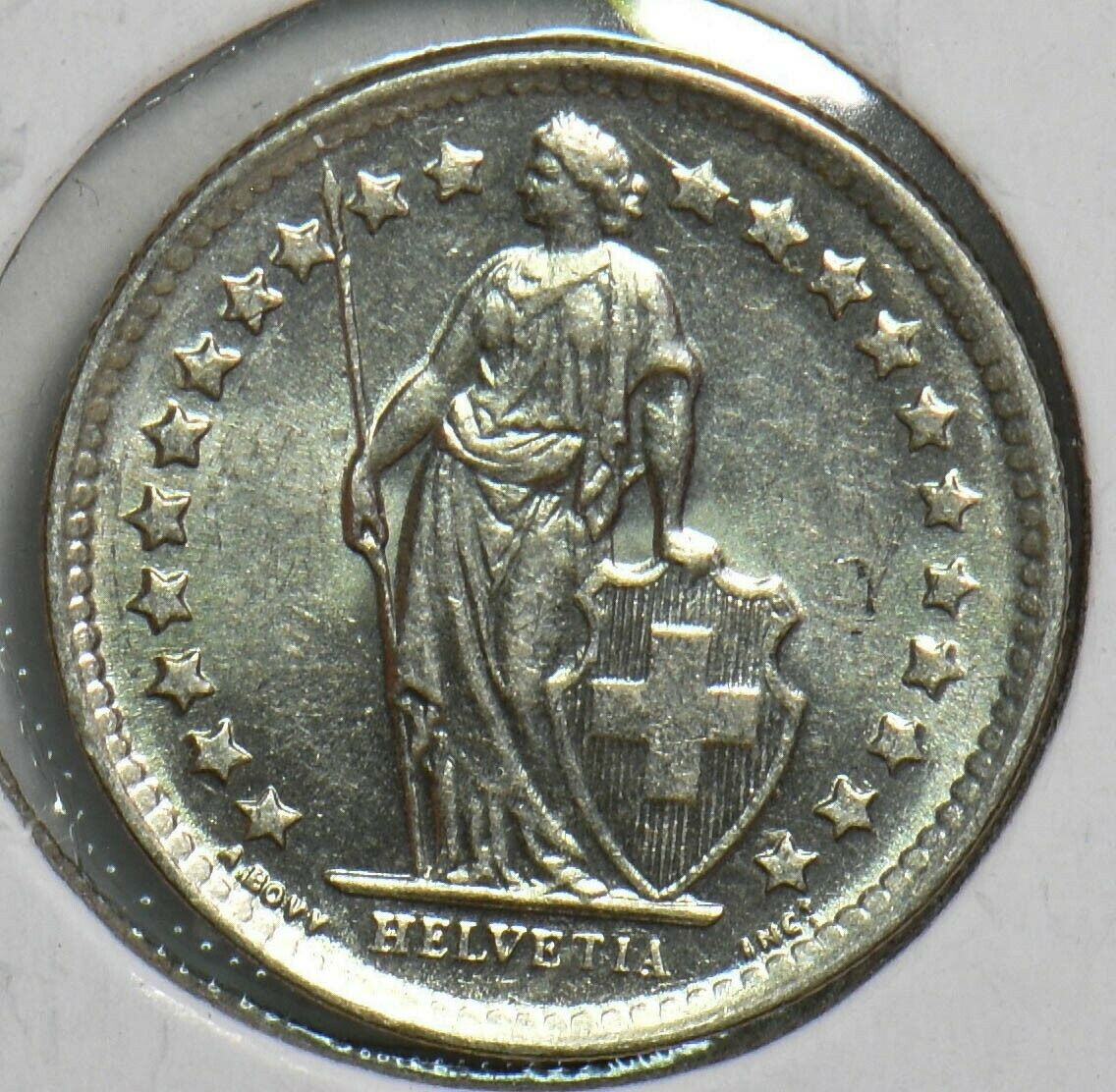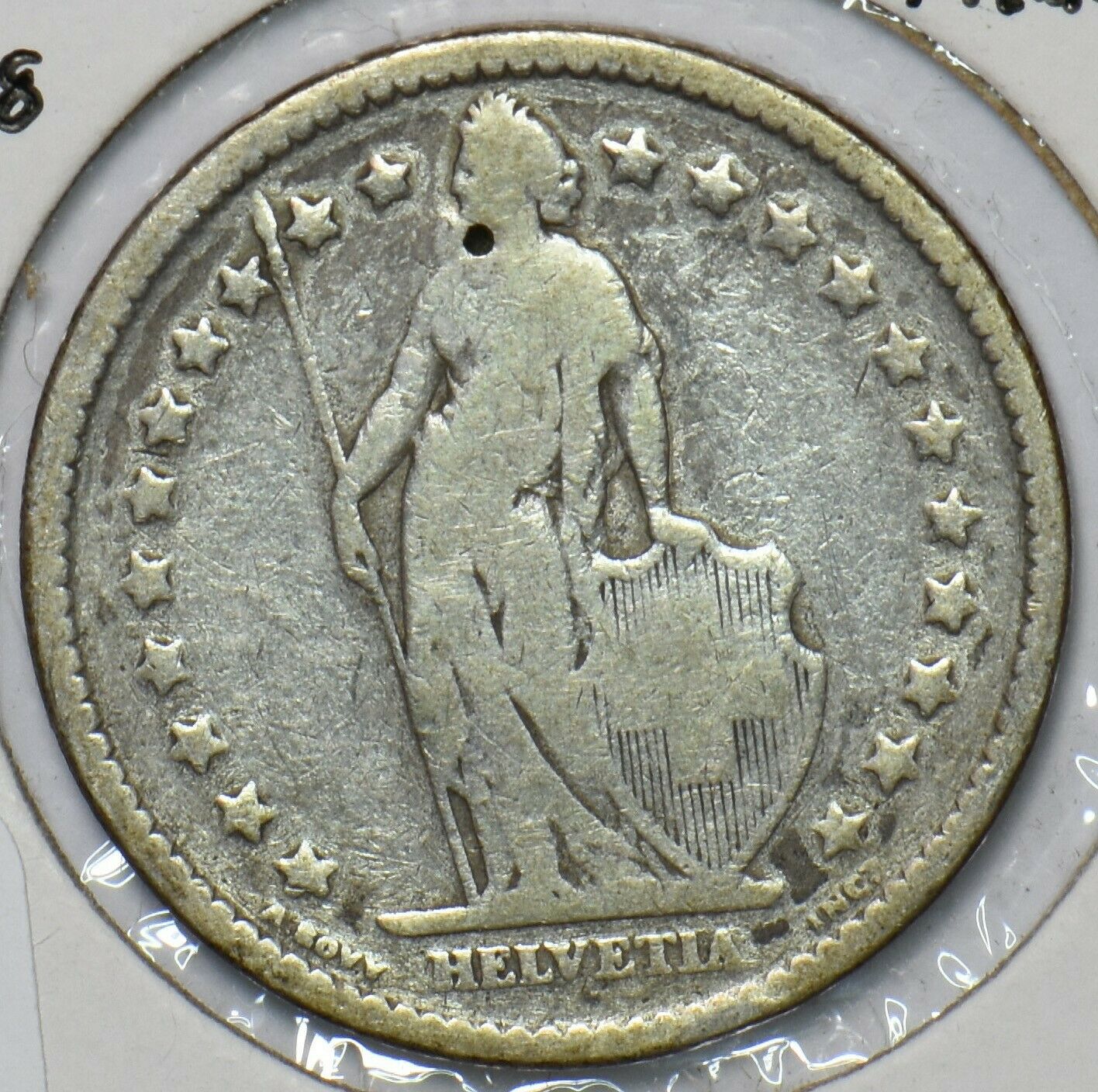-40%
Switzerland 2017 Shooting Thaler 500 Swiss Francs Glarus Gold NGC PF70 PR70 UC
$ 1214.37
- Description
- Size Guide
Description
In Stock and Ready for Immediate Shipment!SOLD OUT at the Mint!
This listing is for the 2017 Gold Shooting Taler Proof slabbed and graded PR70 UC by the Numismatic Guaranty Corporation, with a custom label depicting Wiliam Tell and his son!
NGC Certification Number may vary from one imaged and depicted.
This truly rare (mintage only 220) and beautiful pure gold proof from Switzerland (part of the long running and traditional series of Swiss Shooting Festival Thalers or Talers) offers a classical, allegorical design depicting a standing beauty (Victory or Helvetia) holding a sword and awarding a crown or wreath of laurel to the top marksman! Graded a perfect Proof 70 Ultra Cameo PR70 UC by NGC, with a custom label!!
Talisman Coins is absolutely thrilled to be able to bring you this beautiful, proof finish Shooting Thaler. This year's Shooting Festival is held in the capital city of the
Swiss
Canton of Glarus, also called Glarus, deep in the Swiss Alps east central Switzerland. We've managed to secure a few of these gold 500 Francs
from a total mintage of just 1,200
! These hard to find
Shooting Thalers
(or Talers; so-called from the days when that was their face value) have been issued since the mid-1800s in tiny numbers, and are very collectible, to say nothing of extremely attractive!
Investment Note -
The mintage limit for 2017 is
only 220 gold shooting taler
s - much lower than in previous years,
making this beauty truly rare!
These sold out at the Mint on pre-release, and so are certain to be sought after for years to come as
a key to the entire Shooting Thaler series!
Get in on the ground floor and get yours now!
Shooting Festivals
Swiss marksmanship is legendary, dating to the hero
William Tell
(who shot an apple off his son's head). This tradition of superior marksmanship was established during the Old Swiss Confederacy, in the 15th century, when Shooting Festival participants showed off their aim using the crossbow. Of course,
Shooting Festivals
are meant to be fun, but they have a practical side, too - they keep the citizen soldiery drilled and sharp! This has always been of particular importance in a country like Switzerland, with a relatively small population and surrounded on all sides by potential enemies.
Calling shooting is the national sport of
Switzerland
would be an understatement, to say the least! Today, the Swiss Shooting Association boasts 85,000 active, dues paying members! That amounts to over 1% of the total population! At a Swiss Federal Shooting Festival (a major event, held every five years), over 50,000 marksmen will convene for four weeks to demonstrate their shooting skills.
A Beautiful, Allegorical Design
Here's an exquisitely beautiful, classical vignette certain to please the most traditional and refined tastes in design, engraving and aesthetics. The standing lady in question is an allegorical figure. She may in fact represent more than one thing. She may be interpreted as the Canton of Glarus, not the least because of the shield next to her sword. Seemingly hidden and easy to miss, the coat of arms on this shield contains a valuable clue. The tiny, haloed figure on the shield (better get out your loupe - the detail in the engraving is a true wonder to behold!) is Saint Fridolin of Säckingen, the founder and patron saint of Glarus. For more on this intriguing wanderer who raised the dead, please see the article lower in this entry. The shield, for its part, is surmounted by a crown of oak leaves and acorns, a symbol of strength and steadfastness.
Likewise, the robed lady could also be interpreted as Helvetia; her classical Roman-style toga garb is consistent with many representations of Helvetia, including the spear-armed lass on much of Swiss circulating coinage. (Helvetia is the allegorical female personification of the Swiss Republic.) This Helvetia substitutes her traditional spear for a long sword in her right hand; like the Swiss citizen soldiery, she is armed and ready for action at a moment's notice. Her long, flowing golden tresses, hair bouncing gently in the light Alpine breeze, are in contrast to the braided hair worn by the famous Swiss Miss or Vreneli. The mountainous terrain of the Alps in Glarus may be glimpsed in the background.
Although she is not winged, a third figure, the goddess Nike (or "
Victory
") is also suggested by the laurel wreath she offers, in her outstretched left hand, for the winner of the Shooting Festival. She appears to be crowning the winner, who kneels before her. His rifle or carbine is in his hands, at the ready. He appears about to raise his weapon, the better to hit the target he faces. The entire vignette is executed in a blast-white, cameo proof finish, with black, deeply mirrored fields, that represents the culmination of the minter's art.
The obverse legend reads KANTONALSCHUTZENFEST GLARUS, German for "Glarus Cantonal Shooting Festival".
On the reverse, the traditional wreath of oak leaves (on the left) and laurel (on the right) surround the denomination of 50 Francs. Beneath the wreath, a marksman's powder horn and bandolier hang from a pair of crossed rifles or muskets. The legend indicates (in both French and German, two of the four official languages of Switzerland) that the coin is redeemable during the shooting festival (not that you'd want to!).
St. Fridolin of Säckingen
Saint Fridolin of Säckingen, the founder and patron saint of Glarus, may be found in a tiny effigy on the coat of arms on the shield to the left of Helvetia's sword. St. Fridolin must be one of the more interesting Roman Catholic saints. Unfortunately, space does not permit the entire retelling of his wild and woolly life (he really got around!), so we'll have to hit the high points.
St. Fridolin is believed to have been born in 6th century Ireland to a noble family. As a missionary, he traveled first to France. There he approached the Emperor Clovis, king of the Franks, who granted him possession of an unknown island in the middle of the Rhine River. Traveling to Germany to convert the tribe known as the Alamanns, he founded Säckingen Abbey in Baden, on this self-same island in the upper Rhine.
Saint Fridolin also spent considerable time in the country we now call
Switzerland
, where he converted the landowner Urso. On his death Urso left his enormous lands (now the Canton of Glarus) to Fridolin, who founded numerous churches dedicated to Saint Hilarius (the origin of the name "Glarus"). Urso's brother Landolf, however, refused to accept the legitimacy of his dead brother's gift. And so Landolf brought Fridolin before a court at Rankweil to prove his title. Fridolin did so in a most creative and unusual way - he summoned Urso from the dead to confirm the gift in person. This so thoroughly terrified Landolf that he gave all his lands to Fridolin as well! Fridolin is thus often depicted in the company of a decomposing corpse.
St. Fridolin is not just the founder of Glarus, he is also an omnipresent scene in both the city and the canon, as he is the emblem on the official Glarus coat of arms. The flag of Glarus dates back to a war banner depicting Saint Fridolin, which used in the Battle of Näfels in 1388, fought between the Glarus militia (in concert with their allies of the Old Swiss Confederation, infantry from Uri and Schwyz) and the Austrian Habsburgs. The soldiers of Glarus had just switched to a newly-created banner, which replaced their previous one, which had been captured by the people of Rapperswil in a previous raid.
After the victory over the Austrian Hapsburgs at Nafels, Glarus used the image of the saint on all its banners. During the 15th and 16th century, those images varied considerably. Only by the beginning 17th century was a standard design was established, showing the Saint as a pilgrim in silver on a red field. The modern design shows the pilgrim in black, inspired by a banner found in Glarus and claimed as the original banner of 1388. The current official design dates to 1959.
Packaging
The coin is encapsulated inside a Numismatic Guaranty Corporation (NGC) archival quality plastic holder (or slab) that is individually numbered with an unique, NGC serial number.
Specifications
Country
Switzerland
Year of Issue
2017
Face Value
500 Francs
Weight
15.567 g g
Diameter
33.00 mm
Mintage Limit
220
Finish
Proof
Composition
.999 Fine Gold
Edge
Reeded (milled, serrated)
Copyright © 2020 Talisman World Coins and Medals. All Rights Reserved.

